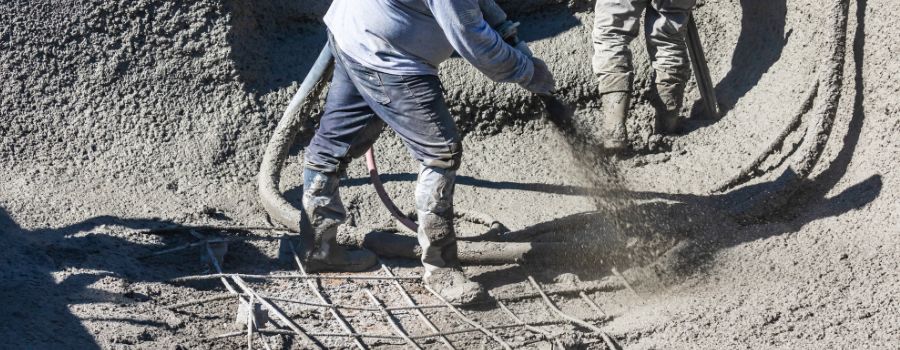Blog Post

The Science Behind Ready Mix Concrete: Ingredients and Mixing Ratios
Ready mix concrete is the backbone of modern construction, providing the foundation for countless buildings, bridges, and infrastructure projects. While it may seem like a simple mixture of water, cement, and aggregates, the science behind ready mix concrete is a complex and fascinating subject. In this blog, we will discover the ingredients of ready mix concrete and the crucial role that mixing ratios play in its performance.
The Core Ingredients of Ready Mix Concrete
Ready mix concrete is a composite material composed of several key ingredients:
Cement: Cement is the binding agent in concrete. It is responsible for holding all the other ingredients together. The most commonly used type of cement is Portland cement, which is a fine powder made by grinding limestone and other raw materials. When mixed with water, it undergoes a chemical reaction called hydration, turning from a paste into a solid structure.
Aggregates: Aggregates are the granular materials added to the concrete mix, providing strength and stability. There are two main types of aggregates used in ready mix concrete:
Water: Water is essential for the hydration process of cement, but it should be used in the right quantity. The water-cement ratio is a critical factor in determining the concrete's strength, workability, and durability. Too much water can weaken the concrete, while too little can make it difficult to work with.
Admixtures: Admixtures are optional ingredients that can be added to modify the properties of the concrete. They can enhance workability, reduce permeability, accelerate or retard setting times, or improve other specific characteristics. Common admixtures include plasticizers, superplasticizers, accelerators, retarders, and air-entraining agents.
The Science of Mixing Ratios
Now that we've identified the core ingredients, let's delve into the science behind the mixing ratios. The mixing ratios in ready mix concrete are critical because they determine the concrete's strength, durability, and workability. There are two primary factors to consider when determining these ratios:
Water-Cement Ratio (W/C Ratio):
Aggregate-Cement Ratio:
Achieving the Optimal Mix Design
To achieve the optimal mix design, concrete engineers and technicians use a combination of industry standards, empirical data, and computer software. The goal is to create a concrete mix that meets the specific requirements of a project while considering factors such as:
The process involves numerous trial mixes and adjustments to the proportions of cement, aggregates, water, and admixtures until the desired concrete properties are achieved. It's a delicate balancing act that requires a deep understanding of the materials and the science behind concrete.
Conclusion
Ready mix concrete is more than just a mixture of ingredients; it's a carefully designed and engineered material that plays a critical role in the world of construction. The science behind ready mix concrete involves understanding the properties of its core ingredients, especially cement, aggregates, water, and admixtures. Additionally, mastering the art of mixing ratios, specifically the water-cement ratio and aggregate-cement ratio, is essential for achieving the desired strength, durability, and workability in concrete.
As construction projects become more complex and diverse, the science behind ready mix concrete continues to evolve, with ongoing research and development aimed at creating more sustainable, durable, and efficient concrete mixes. Whether you're a construction professional, a DIY enthusiast, or simply curious about the science of construction, understanding the ingredients and mixing ratios in ready mix concrete is a fascinating journey into the heart of modern building practices.